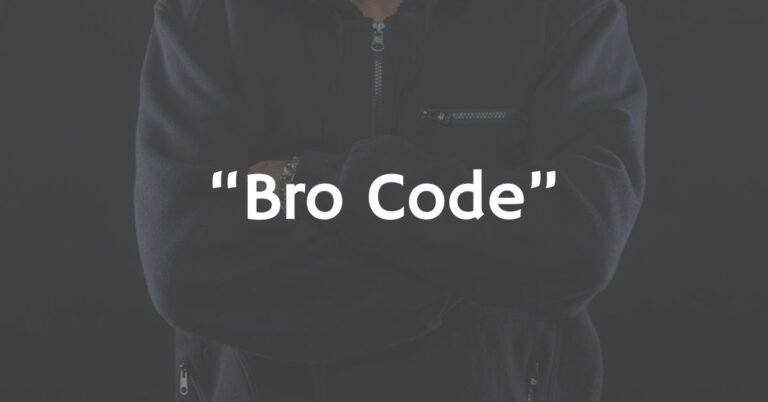Discrimination Against White Males: A Complex Conversation
Discrimination is a challenging topic to navigate, as it delves into the intricate web of personal experiences, societal structures, and historical power dynamics. While much of the discourse surrounding discrimination focuses on marginalized communities such as people of color, women, and LGBTQ+ individuals it is also important to recognize that it can affect people from all walks of life, including white males.
Though white males have historically occupied a position of privilege in many societies, this doesn’t mean that they are immune to discrimination. Like any other group, white males can experience bias or prejudice in certain contexts.
However, this experience of discrimination must be understood within the broader societal framework.
Understanding Discrimination Against White Males
Discrimination against white males may not be as widespread or systemic as discrimination faced by other groups, but it can manifest in various ways. White males may encounter prejudice in professional settings, social environments, and even in educational institutions. This discrimination can be driven by stereotypes or misconceptions about gender, race, and the role of white males in society.
It’s essential to clarify that discrimination against white males tends to occur on a smaller scale and within specific contexts, rather than being institutionalized. Unlike the systemic racism and sexism that have historically disadvantaged people of color and women, the challenges faced by white males generally arise from individual biases or policies aimed at fostering diversity and equality.
Context Matters: Discrimination Isn’t Always Equal
It’s important to remember that the experience of discrimination can differ significantly depending on the historical and social context. While a white male may face discrimination in certain situations, this doesn’t mean his experience is equivalent to that of marginalized groups who have faced entrenched, institutionalized prejudice for centuries.
White males, particularly in Western societies, have historically held dominant social, economic, and political power. These structural advantages, known as privilege, have provided white males with greater access to resources, opportunities, and rights. As such, the discrimination they may face is typically not the result of systemic oppression but instead due to individual biases or efforts to address historical inequalities.
Examples of Discrimination Against White Males
Although discrimination against white males may not be as widespread or systemic, it is still a valid and important issue. Some examples of discrimination faced by white males include:
- Workplace Discrimination: White males may experience bias in industries or companies where there are diversity initiatives aimed at increasing representation of women or people of color. In certain cases, a white male might feel that his qualifications are overlooked in favor of candidates from other demographic backgrounds in an effort to meet diversity quotas.
- Educational Discrimination: Some academic institutions or scholarship programs may offer benefits or opportunities specifically targeted at minority students. While these programs aim to level the playing field for historically marginalized groups, white males may perceive them as unfairly excluding them.
- Social and Cultural Discrimination: In certain social contexts, white males may be criticized for the privilege associated with their race and gender. This can result in feelings of alienation, particularly in discussions where white males are painted as the embodiment of societal inequality, regardless of their individual circumstances.
The Problem with “Reverse Racism” Claims
A common response to discrimination against white males is the concept of “reverse racism,” a term that has often been used to describe acts of prejudice or bias directed at white individuals. While the notion of reverse racism can be emotionally charged, it is essential to distinguish between individual acts of prejudice and systemic forms of racism.
Racism, in its most harmful and impactful form, is a product of systemic power imbalances. People of color have historically been denied access to opportunities, rights, and resources because of their race. White males, as part of the racial majority in many Western societies, have benefited from these systemic structures.
When white males experience discrimination, it is often the result of individual prejudice, rather than a systemic bias built into societal institutions. This distinction is crucial: while prejudice against white males is real and should be addressed, it doesn’t equate to the systemic oppression faced by marginalized groups.
The term “reverse racism” implies an equivalence between the challenges faced by white males and the institutional racism faced by people of color. This oversimplification fails to account for the historical and social factors that shape these experiences. Reverse racism, as a concept, is misleading because it ignores the power dynamics that underpin true racism.
Acknowledging Discrimination Without Disregarding Structural Inequality
It’s important to approach the issue of discrimination against white males with sensitivity and nuance. While white males may encounter prejudice or bias, it’s essential to recognize that their experiences differ significantly from those of historically marginalized groups.
Systemic inequality and privilege continue to shape our social landscape. White males may experience discrimination in certain contexts, but their experience doesn’t negate the larger conversation about racial and gender inequality. Addressing discrimination involves understanding the complexity of these issues, recognizing the pain that all individuals experience, and striving to create an inclusive society for everyone.
Conclusion
Discrimination against white males, like any form of discrimination, deserves attention. However, it’s vital to understand that such discrimination does not carry the same weight or consequences as systemic racism and sexism faced by other groups. Acknowledging the discrimination experienced by white males does not diminish the struggle of marginalized communities. By having a nuanced conversation that includes the experiences of all individuals while recognizing the broader social structures that contribute to inequality, we can work towards building a more equitable society.
Ultimately, discussions about discrimination must move beyond binary thinking. Recognizing and addressing the unique experiences of all groups including white males helps to create a more empathetic, inclusive, and fair world for everyone.





